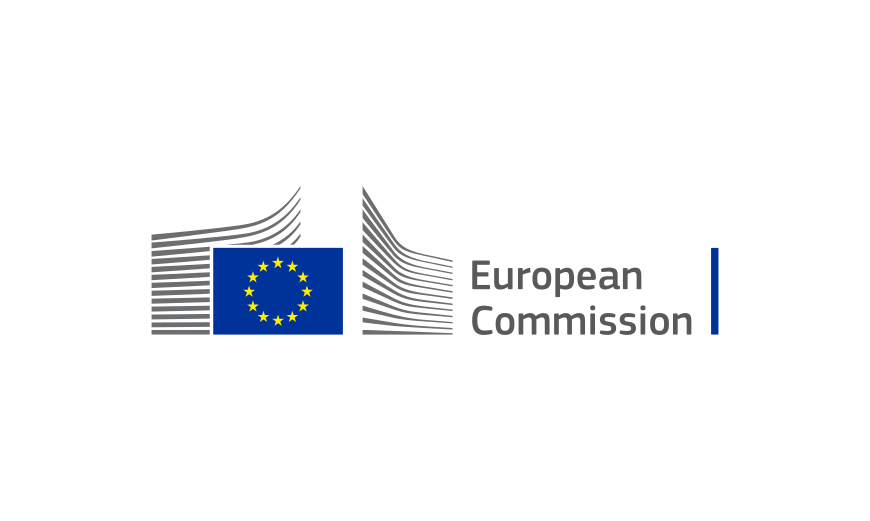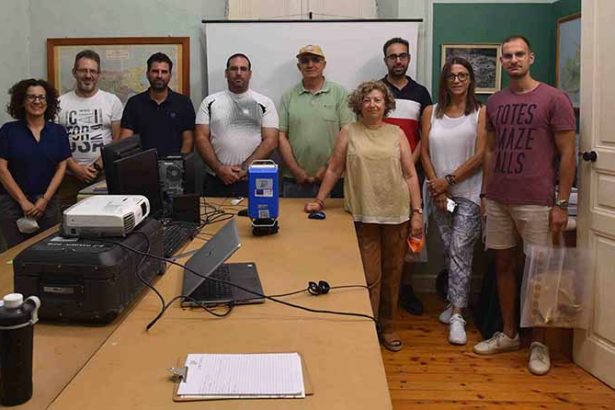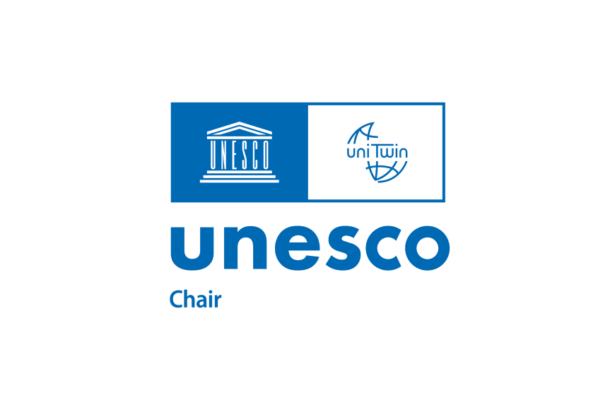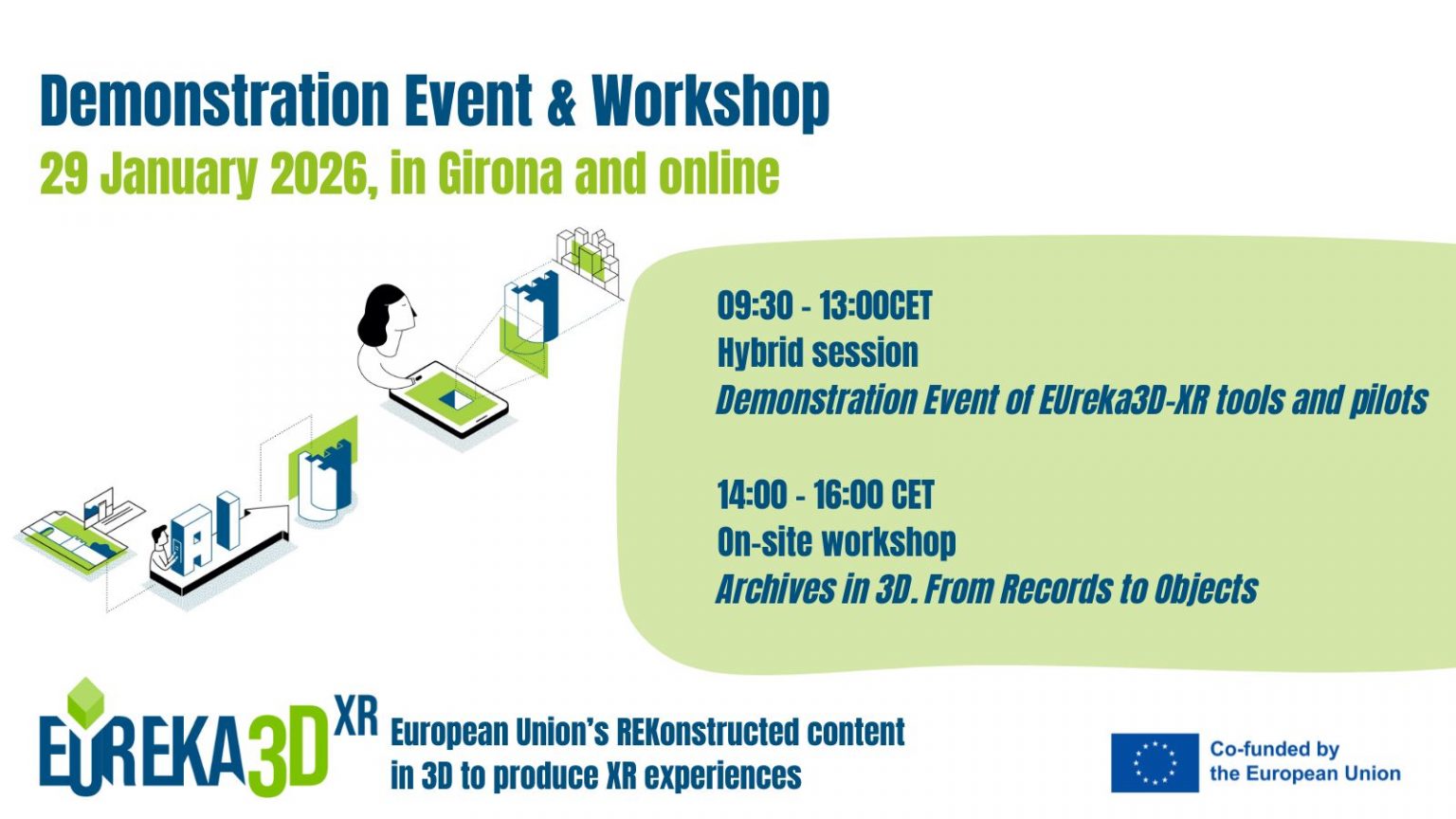Why Member States must do more to advance digitisation of our cultural heritage : implementation of the 2021 Commission recommendation on a common European Data Space for Cultural Heritage : progress report 2021-2023
Cultural heritage is at the heart of Europe’s shared history, identity, and values, yet much of it faces increasing threats. The devastating floods in Valencia and the destructive fires at Notre Dame in Paris and the Stock Exchange in Copenhagen serve as stark reminders of how climate change and disasters jeopardize these irreplaceable treasures. At the same time, armed conflicts, such as the war in Ukraine, have shown the vulnerability of cultural assets in conflict zones, where priceless artifacts and monuments can be lost forever. Protecting and preserving Europe’ cultural heritage is not just a cultural responsibility – it is essential to ensuring that future generations can access and benefit from this invaluable legacy. Digitisation is key to this effort, offering the tools necessary to preserve cultural assets and ensure their resilience in the face of crises. The recent reopening of Notre Dame, aided by the use of digital scans and advanced reconstruction techniques, stands as a powerful example of how technology can support the recovery of heritage sites devastated by disaster. Digitisation is not just a technical solution — it is a strategic investment in Europe’s ability to preserve its cultural and historical landmarks for future generations, even under the most challenging circumstances.
Read the full European Commission report HERE [Local copy]





